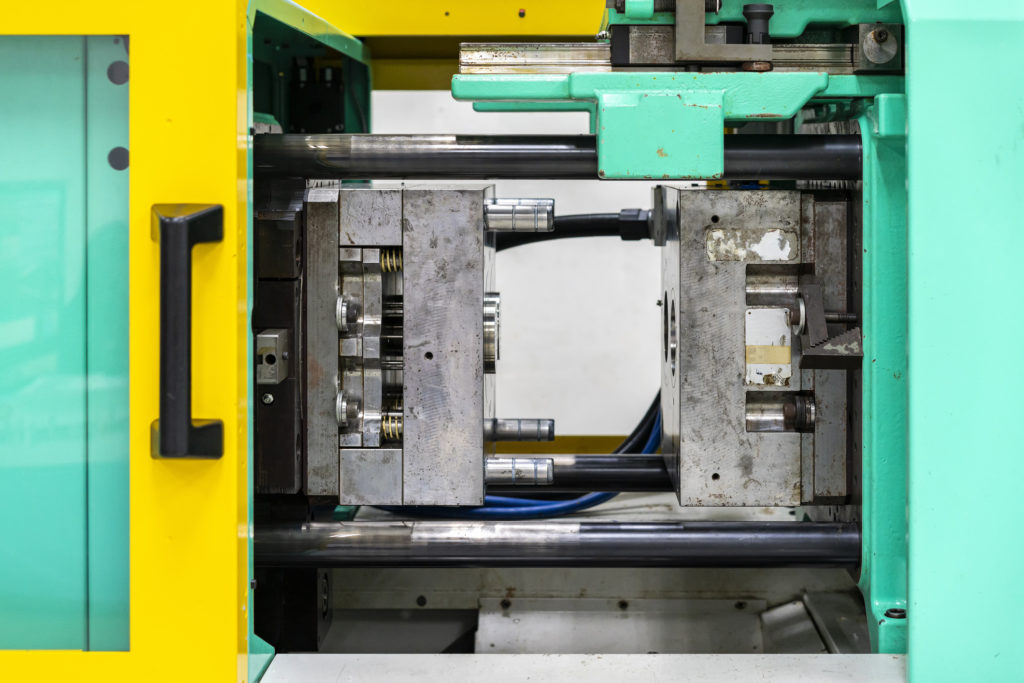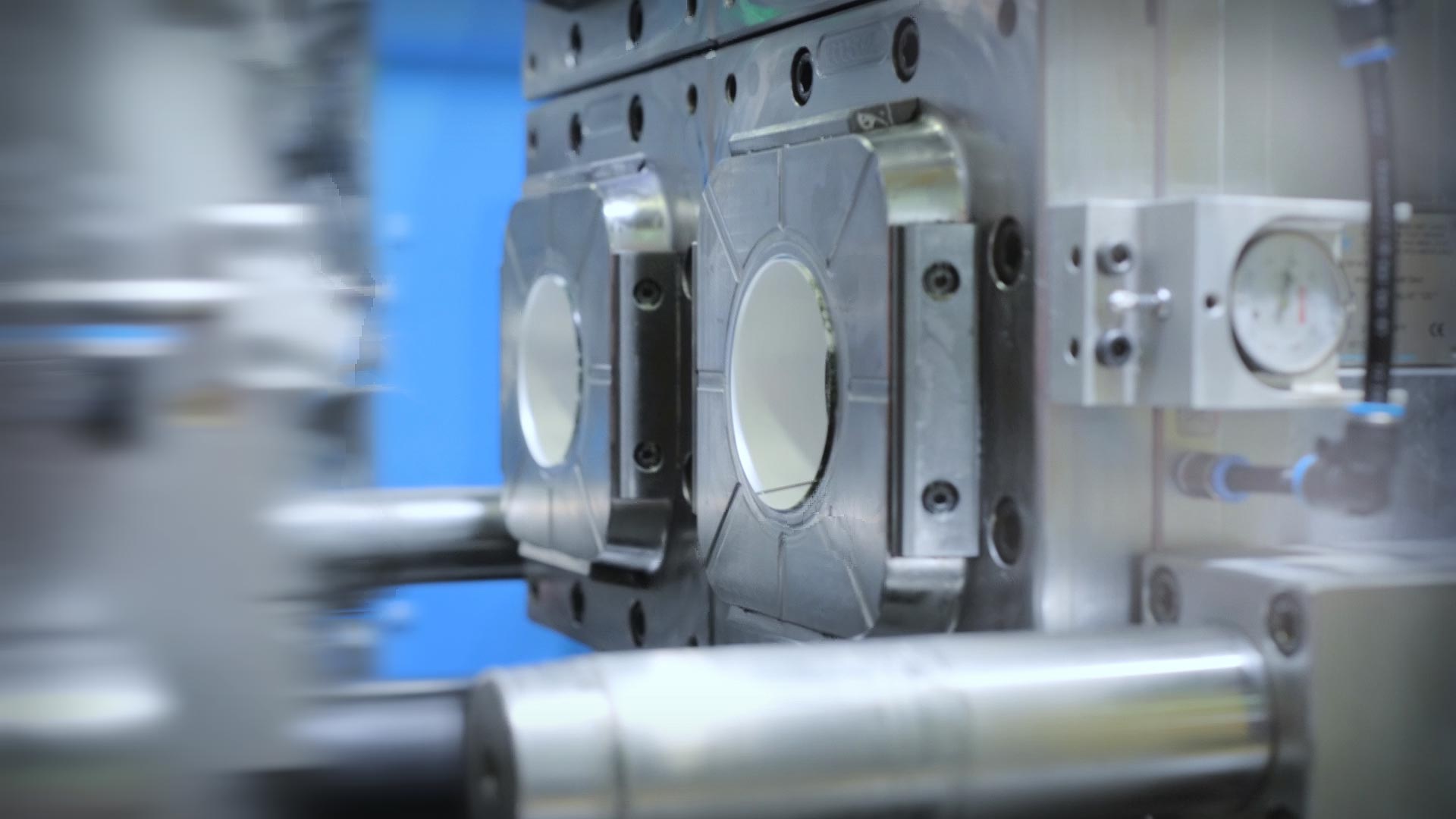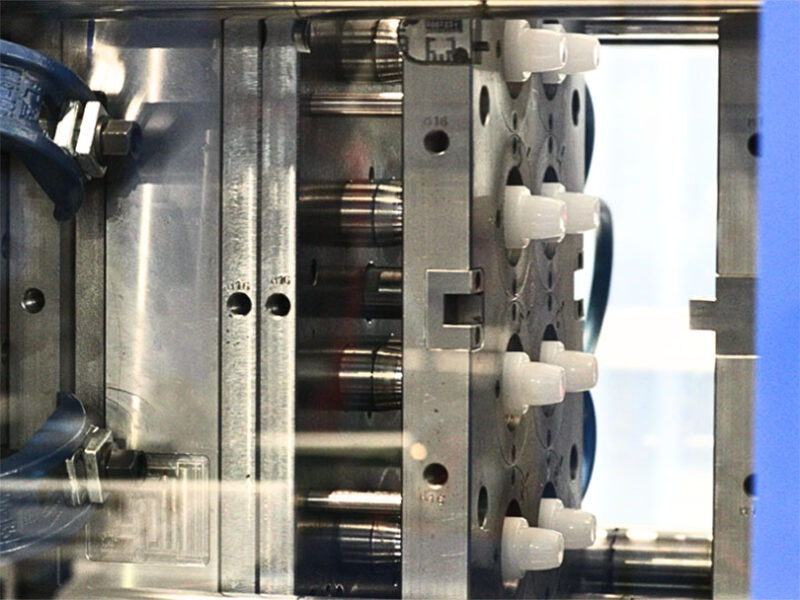The Impact of Plastic Injection Molding on Reducing Manufacturing Prices and Waste
The Impact of Plastic Injection Molding on Reducing Manufacturing Prices and Waste
Blog Article
Understanding the Fundamentals of Plastic Shot Molding Procedures
Plastic shot molding functions as a cornerstone of contemporary production, giving a systematic method to generating complex elements with accuracy. This procedure not only incorporates the basic steps of melting and injecting materials into mold and mildews however also involves a nuanced understanding of various affecting elements, such as temperature level and stress. As sectors significantly demand efficiency and quality, the intricacies of this method end up being more important. Checking out these vital components could expose exactly how even minor modifications can result in considerable enhancements in manufacturing end results, questioning regarding the possibility for technology in this well-known procedure.
What Is Plastic Injection Molding?
Plastic shot molding is a widely made use of manufacturing procedure that changes thermosetting and polycarbonate materials right into precise and intricate forms. This technique is preferred for its ability to generate high volumes of similar get rid of remarkable accuracy, making it an indispensable method in numerous industries, consisting of automotive, consumer goods, and medical gadgets.
The process includes melting the selected plastic product and infusing it into a mold and mildew under high stress. The mold and mildew, designed to the requirements of the wanted component, allows the liquified plastic to form as it cools down and strengthens. As soon as the product has actually set, the mold is opened, and the completed component is ejected.
Plastic injection molding supplies numerous advantages, consisting of lowered waste, uniformity in manufacturing, and the capability to incorporate elaborate layouts that may be challenging with various other making approaches. Additionally, it sustains a wide series of products, each offering one-of-a-kind buildings that can be tailored for details applications. As sectors proceed to innovate, plastic injection molding continues to be at the forefront, enabling the advancement of sophisticated products that fulfill evolving customer needs.
The Shot Molding Refine
The injection molding process is a sophisticated method that includes several essential stages to generate top notch plastic elements. Plastic pellets are fed into a heated barrel where they are thawed right into a thick fluid. This molten plastic is after that injected under high stress into a precision-engineered mold and mildew, which forms the material into the wanted form.
Once the mold and mildew is loaded, the plastic is enabled to solidify and cool down, taking the shape of the mold and mildew dental caries. Air conditioning time is essential, as it impacts the cycle time and the final residential properties of the molded component. After adequate cooling, the mold opens up, and the ended up part is ejected using ejector pins.

Products Made Use Of in Shot Molding
Various products can be utilized in the injection molding procedure, each offering one-of-a-kind residential or commercial properties that accommodate particular applications. One of the most typically utilized products consist of thermoplastics, thermosetting plastics, and elastomers.

Thermosetting plastics, like epoxy and phenolic materials, go through a chemical change during the curing procedure, resulting in a stiff, inflexible framework. These products are excellent for applications requiring high warmth resistance and structural content stability, usually utilized in electric insulators and auto parts.
Elastomers, including silicone and rubber-based materials, supply flexibility and strength. Their one-of-a-kind homes make them ideal for applications that require flexibility, such as gaskets and seals.
In addition, specialty products like bio-based plastics and composites are acquiring grip for their environmental advantages and improved performance qualities, broadening the extent of injection molding applications in various markets. Recognizing the properties of these materials is crucial for selecting the proper kind for particular tasks.
Advantages of Injection Molding
Injection molding attracts attention as a very reliable production procedure that offers many advantages for producing intricate parts with precision. One of one of the most considerable benefits is the ability to develop detailed layouts that would be difficult or difficult to attain with other approaches (Plastic Injection Molding). The procedure permits detailed attributes and limited tolerances, making certain top quality components
Additionally, shot molding is recognized for its rapid production capacities, making it an ideal option for high-volume manufacturing. As soon as the mold is produced, components can be produced promptly, lowering preparations and raising total efficiency. This efficiency not just lowers production expenses but additionally gives an affordable edge in the marketplace.
The versatility of products made use of in shot molding additionally improves its charm. A large range of thermoplastics and thermosetting polymers can be utilized, permitting makers to pick products that best satisfy their specific needs, including toughness, flexibility, and warmth resistance.
Furthermore, the procedure decreases waste, as excess material can frequently be reused and recycled. This sustainability facet adds to a minimized environmental influence, making shot molding a responsible production option. Generally, the advantages of shot molding make it a favored approach for several industries.
Variables Affecting Product High Quality
While countless elements can influence product high quality in shot molding, understanding these elements is crucial for attaining optimal results. Key facets consist of material selection, processing specifications, and mold style.
Material choice plays a vital duty, as various polymers exhibit one-of-a-kind residential or commercial properties that impact flowability, stamina, and thermal stability. Inadequate product option can cause flaws such as bending or insufficient filling.
Processing parameters, consisting of cycle, stress, and temperature level time, have to be carefully managed. Variations in these setups can result in variances partly dimensions and surface area coating. Exceedingly high temperature levels may trigger degradation of the polymer, while insufficient pressure can result in short shots.
Mold and mildew style is just as important, as it establishes the flow of the molten plastic and the cooling procedure. Poorly designed molds might result in irregular cooling rates, causing dimensional mistakes and recurring you can try this out tensions.

Conclusion
Finally, plastic injection molding works as an important production procedure that allows the efficient production of high-quality components. Mastery of the injection molding procedure, consisting of the understanding of materials and the impact of different variables on product top quality, is vital for accomplishing ideal results. The benefits of this method, such as cost-effectiveness and design flexibility, further underscore its value across multiple industries, strengthening its condition as a recommended selection for high-volume production.
Plastic injection molding offers as a cornerstone of contemporary manufacturing, providing a systematic strategy to generating complicated components with accuracy.Plastic injection molding provides a number of advantages, including lowered waste, uniformity in production, and the capability to include elaborate styles that may be testing with other making visit here techniques (Plastic Injection Molding). As sectors proceed to introduce, plastic shot molding stays at the forefront, making it possible for the growth of innovative items that meet advancing customer needs
The injection molding process is a sophisticated strategy that involves a number of vital stages to generate premium plastic components.In final thought, plastic shot molding serves as an essential production process that enables the effective production of premium parts.
Report this page